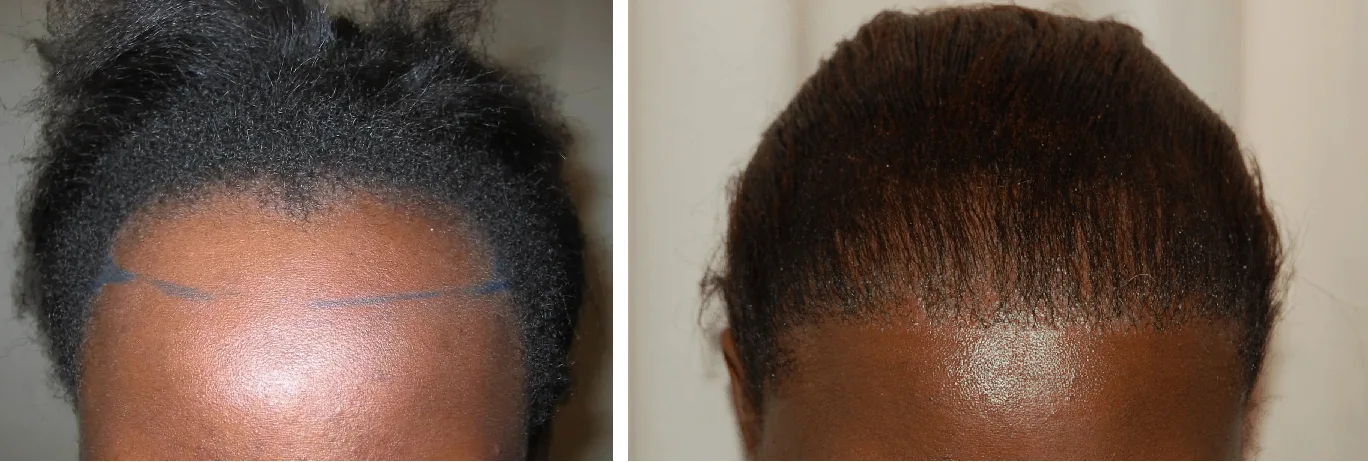Dental implants are a popular choice for replacing missing teeth. These small titanium fixtures are surgically implanted into the jawbone and act as a stable foundation for a replacement tooth, bridge, or denture. Traditional dental implant surgery requires a lengthy procedure and a lengthy healing process, often three to six months. However, recent advances in implant technology have led to the development of a more convenient and less invasive implant procedure.
Traditional dental implant surgery involves the drilling of a hole in the jawbone and inserting the implant into the hole. The implant is then tied to the jawbone with a titanium screw and allowed to heal for up to six months. This healing process is necessary for the implant to fuse with the surrounding bone and form a stable foundation for the replacement tooth. The downside to this traditional method is that it can be painful and require a significant amount of downtime due to the lengthy healing process.
In contrast, the latest technique for dental implants is known as the ‘teeth-in-an-hour’ procedure. It involves using a computer-assisted design to accurately design and fit the implant into the jaw. The implant is then placed into the jawbone using a minimally invasive technique and a temporary replacement tooth is immediately placed. This allows the patient to benefit from a replacement tooth without the long healing period associated with traditional implants.
Another advantage of the ‘teeth-in-an-hour’ procedure is its affordability. This type of procedure typically costs much less than traditional dental implant surgery, making it a more accessible option for many people. Another benefit is its speed. The entire procedure can be completed in less than an hour, allowing patients to receive their replacement tooth almost immediately.
Although the ‘teeth-in-an-hour’ procedure is less invasive and more affordable than traditional dental implant surgery, it is not suitable for everyone. The best candidates for this procedure are those who have healthy gums and adequate jawbone density. The procedure is not recommended for people with gum disease or weak jawbones. Additionally, the ‘teeth-in-an-hour’ procedure may not be suitable for those who require complex dental work or a full set of implants.
In conclusion, traditional dental implant surgery is a more invasive procedure that requires a lengthy healing period. However, the development of the ‘teeth-in-an-hour’ procedure has made it possible to replace missing teeth quickly and more affordably. This procedure is suitable for some patients but not for everyone, so it is important to consult a qualified dentist to determine if it is right for you.




